Wondering how to spend the best 3 days in Rome? We started looking for city break options and were quite undecided between Rome and Berlin. Although we really wanted to visit Germany, several factors like the weather and the food made us pick Rome on this occasion. Tickets and hotel sorted for the beginning of March, we started looking into what to do in Rome, how to get from the Airport to the city centre, what sort of attraction entries we need to pre-book and how to organise the trip to be absolutely amazing. Here’s how we spent our romantic 3 days in Rome.
Table of Contents
- 3 days in Rome
- Rome Fiumicino to Rome Termini
- Day 1 in Rome
- Pantheon
- Colosseum
- Roman Forum and the Palatine Hill
- Fontana Di Trevi
- Piazza del Popolo via the Spanish Steps
- Day 2 in Rome
- Vatican City
- Vatican Museums
- The Sistine Chapel
- Orto Botanico
- Day 3 in Rome
- Castel Sant’Angelo
- Trajan’s Column
- Rome’s shopping streets
3 days in Rome
This was our first real holiday abroad. Just the two of us, walking hand in hand through the small Italian streets. Oh, the romance…
We arrived in Rome Fiumicino at around 3 pm. Although just the beginning of Spring, the sun was shining and the air was drier and much warmer than back in Bristol. We made our way to the train station which was fairly easy to find from the terminal. Just follow the signs and bare in mind that you may have to get the airport train from one terminal to the other. Although sounds complicated, it’s actually easy peasy.
Rome Fiumicino to Rome Termini
Once you arrive at the airport’s main train station, ask at the information desk which train you should get to Rome Termini which is basically the City Centre. The fare was 14 euros per adult and the journey took about 30 mins. Our hotel was kinda out of the city centre thus our trip became a little more complicated as we had to get off the train a few stations before Roma Termini, change platforms, and wait for another train to Monte Mario.
After dropping our bags off at the hotel, we went for a quick stroll around in search of food and cool little markets. When we got into a supermarket we were mesmerised by their beautiful looking oranges, to massive green olives and delicious Italian salami. Their bakery section was overwhelming, not to mention their sweet section full of amaretti and biscotti. Paradise, we wanted to buy everything! It took us no time to fall in love with Rome, and we quickly realised we need to return and explore the best places in Italy, and pronto!
Day 1 in Rome
Pantheon
In the morning we hopped on a bus to the City Centre. We were eager to walk as much as possible and we slowly made our way to the Piazza Navona via Ponte Sant’Angelo. Very quickly we arrived at our first landmark: the Pantheon.

We took a few pictures and we went in to check it out. The building is circular with a portico of large granite Corinthian columns under a pediment. A rectangular vestibule links the porch to the rotunda, which is under a coffered concrete dome, with a central opening (oculus) to the sky. The Pantheon is one of the best preserved Roman buildings and has been in continuous use.
Colosseum
We then continued via Piazza Venezia towards the Colosseum, the very iconic ancient Roman gladiatorial arena.
Did you know that the Colosseum is also known as the Flavian Amphitheatre? This is because the Colosseum was build over the course of two Roman emperors: Vespasian and Titus, and modified during emperor Domitian. These emperors are known as the Flavian dynasty and the Colosseum was named after their family name which is, you guessed it, Flavius.
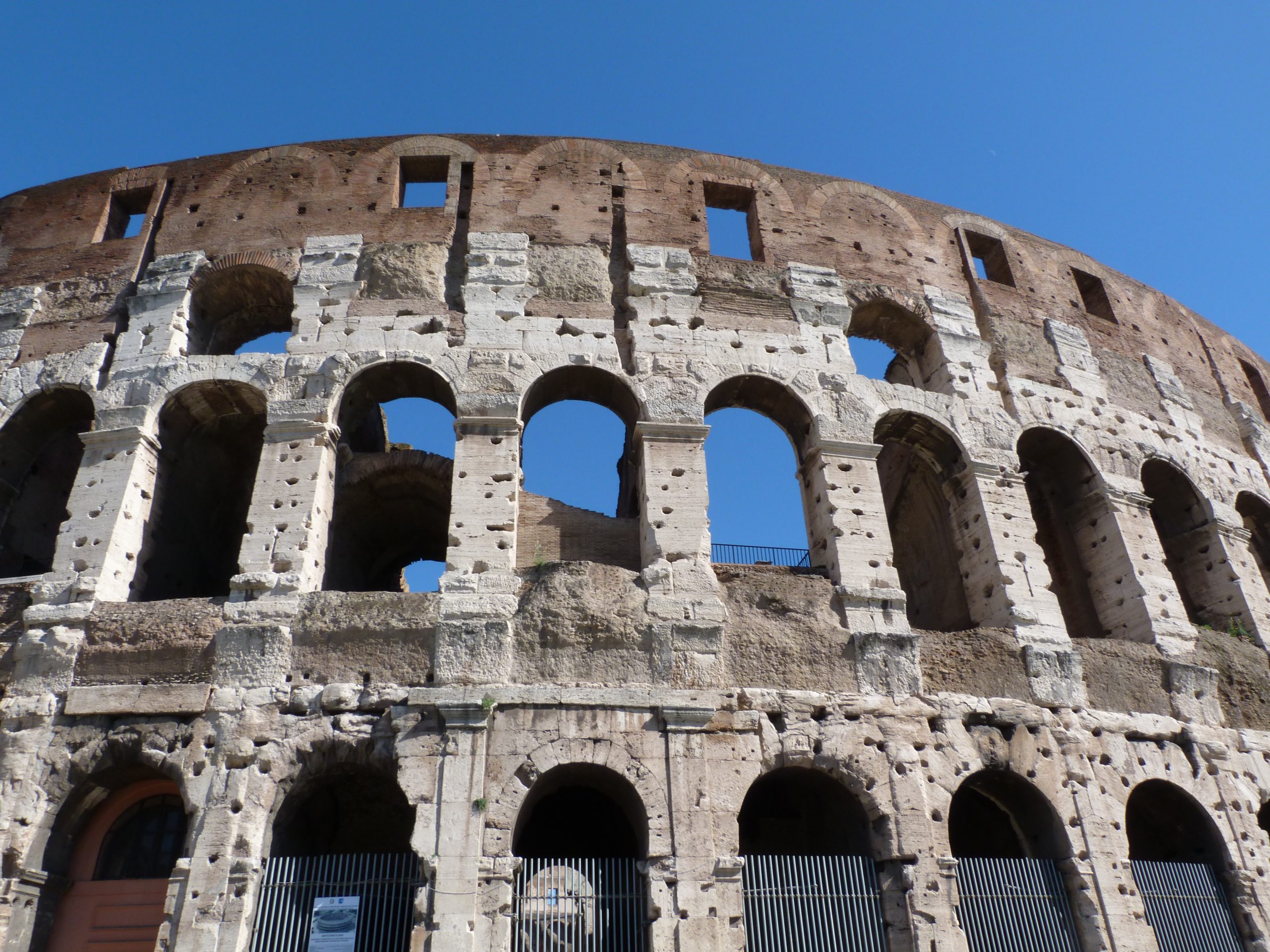
The Colosseum is the largest amphitheatre in the world and seen as one of the greatest works of engineering and architecture. It is estimated that it could hold between 50,000 to 80,000 spectators and it was used for gladiatorial contests, animal hunts, dramas based on mythology and even as a Christian shrine.
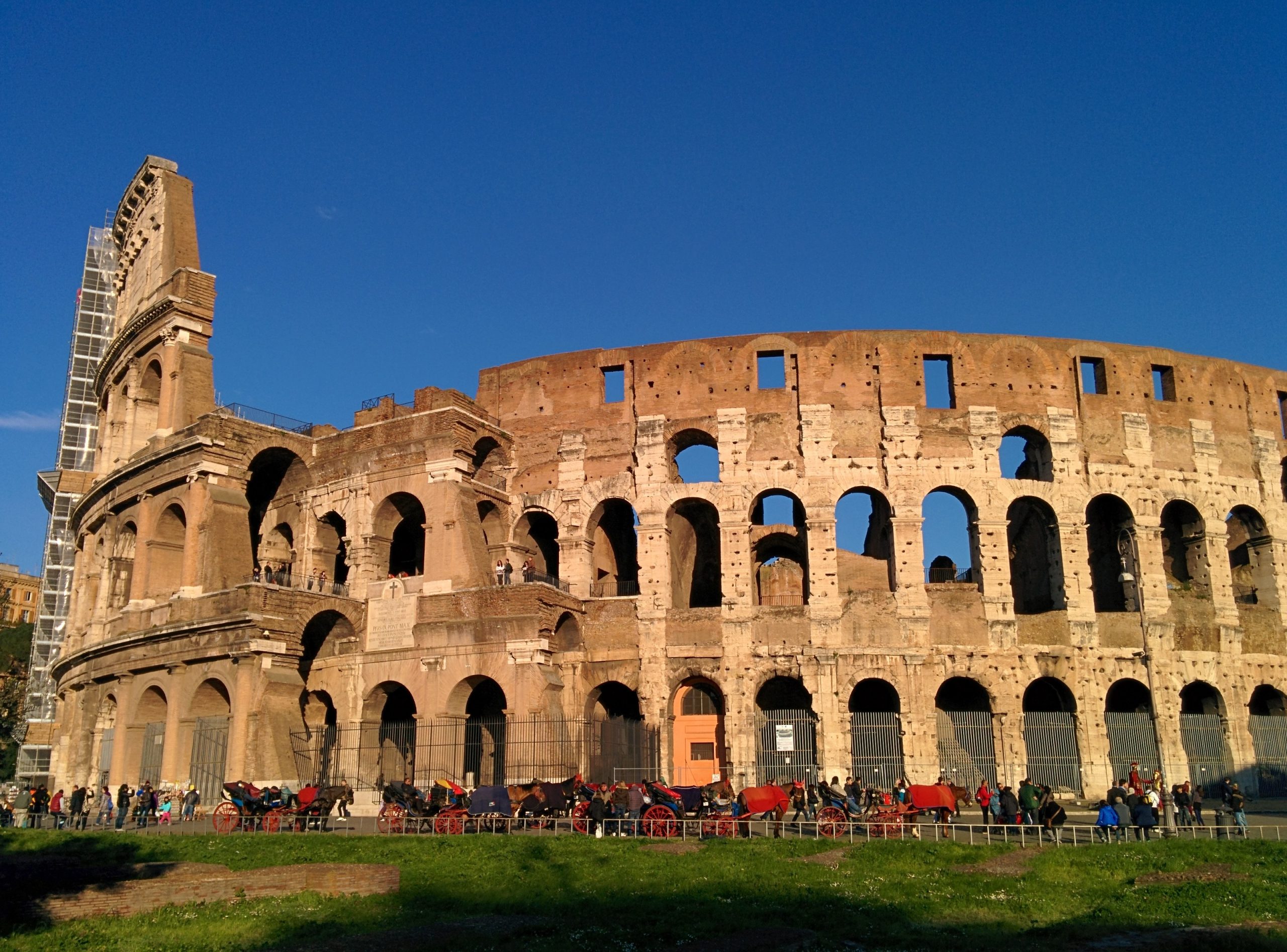
The entry to the Colosseum was 14 euros per adult and it included entries to the Roman Forum and the Palatine Hill. If you wish to avoid queuing for a decade outside the entrance, we strongly recommend that you purchase your ticket online. We virtually skipped all queues and got in within seconds.
Roman Forum and the Palatine Hill
We went to check out the Roman Forum and the Palatine Hill. We were more impressed with this part than with the whole Colosseum experience.
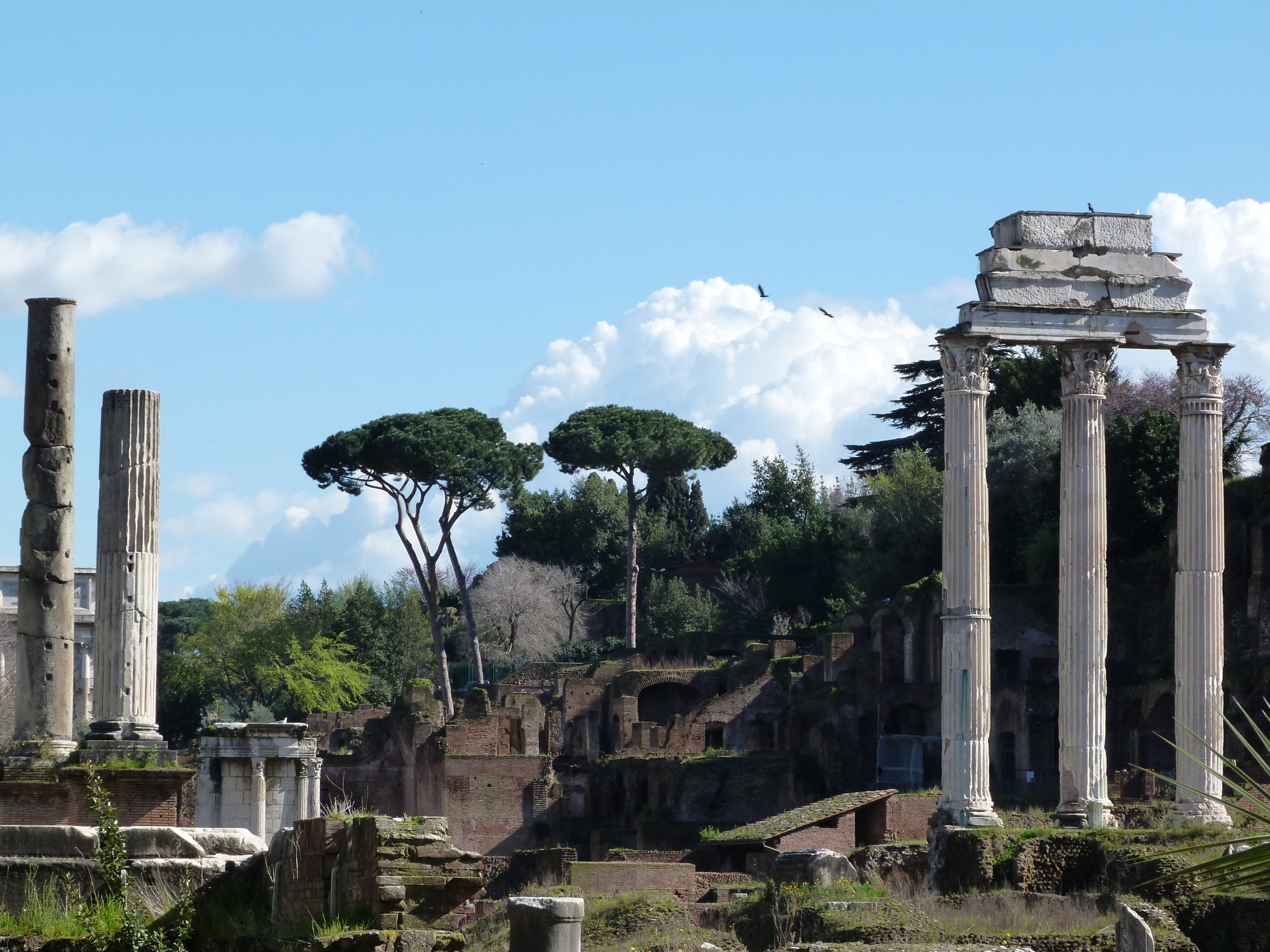
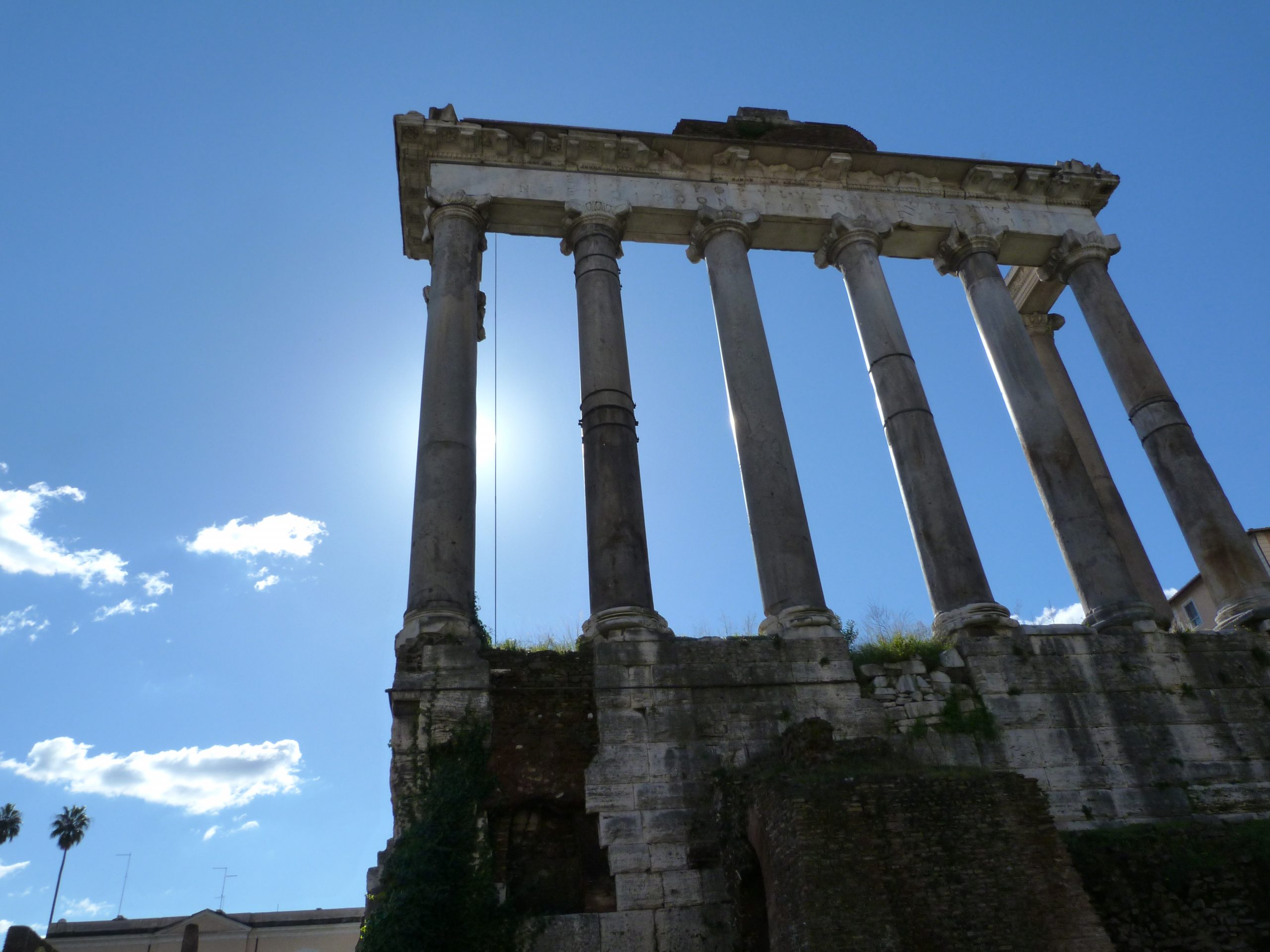
Fontana Di Trevi
Our adventure continued towards the Fontana Di Trevi. As you can imagine, it is always crowded. It looks very beautiful and the vibe around it is absolutely spectacular and so inviting. Even if busy, you feel happy and relaxed to be there.

The Trevi Fountain was designed by the Italian architect Nicola Salvi and completed by Pietro Bracci. Standing 26.3 metres (86 ft) high and 49.15 metres (161.3 ft) wide, it is the largest Baroque fountain in the city and one of the most famous fountains in the world.
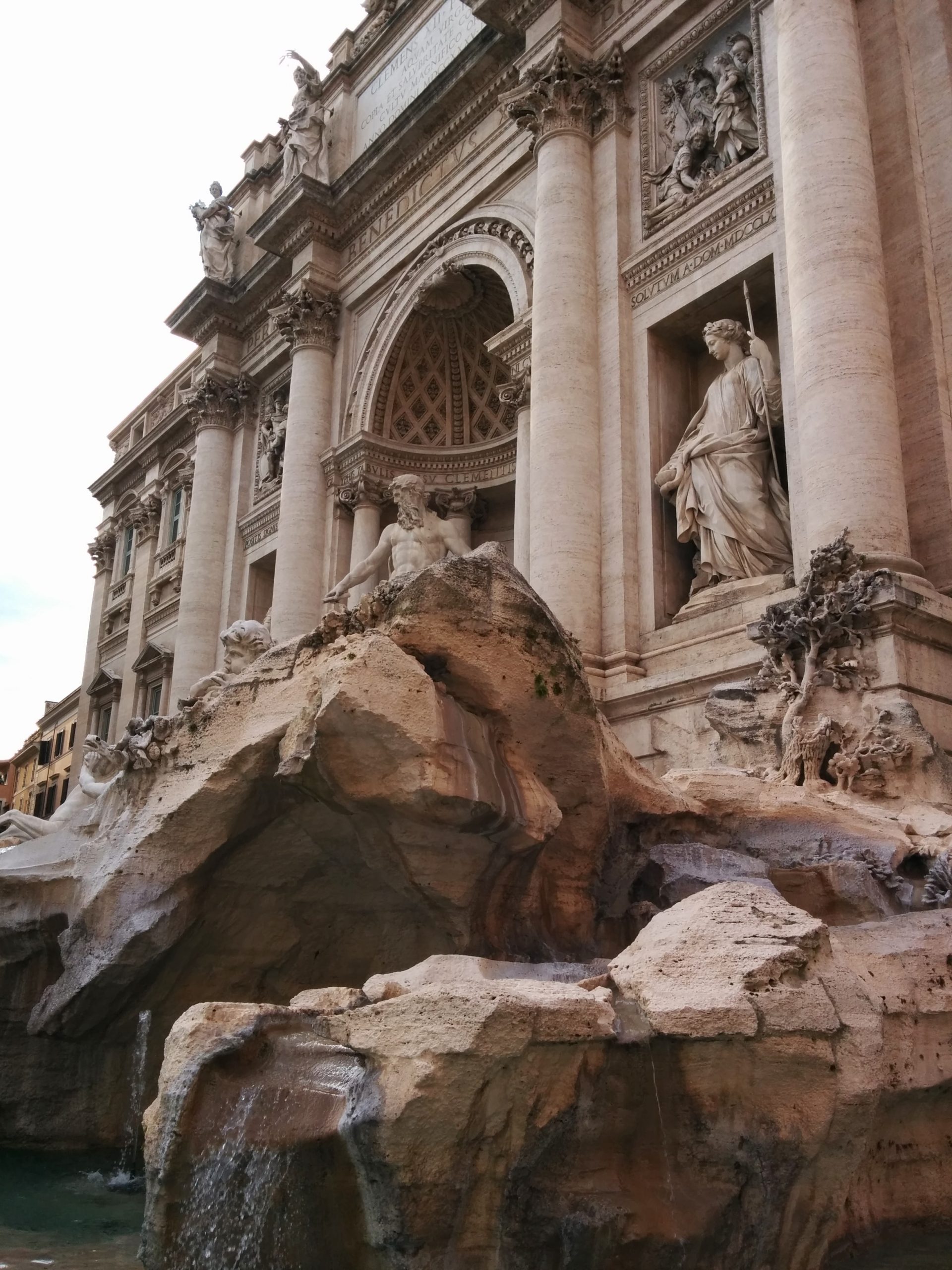
Piazza del Popolo via the Spanish Steps
After throwing a lucky penny and making a wish at the Fontana Di Trevi, we started walking towards the Piazza del Popolo via the Spanish Steps, Villa Medici and Piazza Bucharest. We stopped to admire the sunset. The Viale della Trinita del Monti should be mentioned on all travel guides as a place which should not be missed! We stumbled across it by mistake and it turned out to offer some impressive views of Rome.
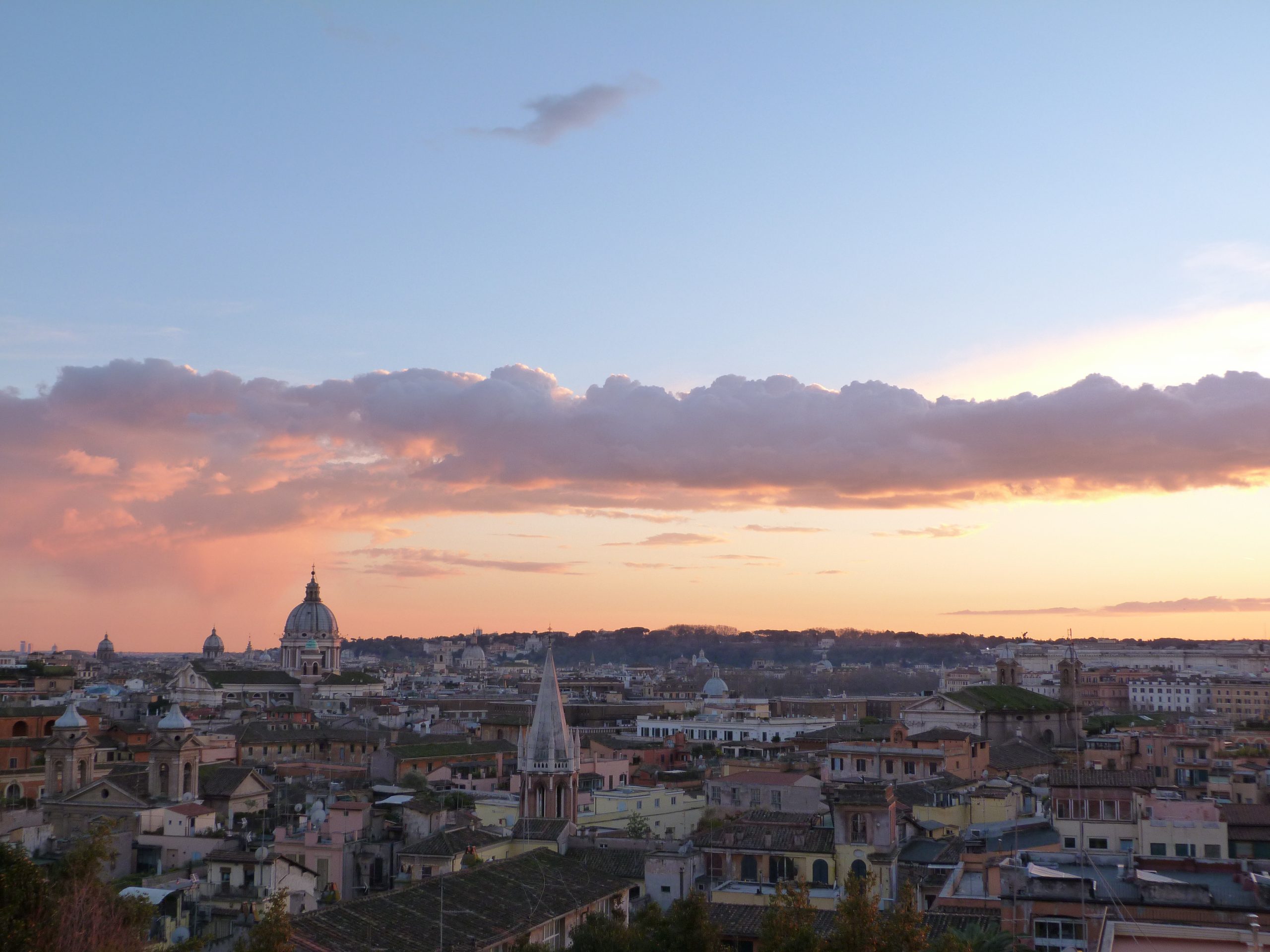
When we got to the Piazza del Popolo it was already dark so we decided to head back to the hotel. Naive and excited, we decided to go back on foot. It took us about 2 hours but it was well worth it. We got to see the secret Rome. We also realised how many pharmacies one can find in the Italian capital (fun drinking game: have a shot every time you see one).
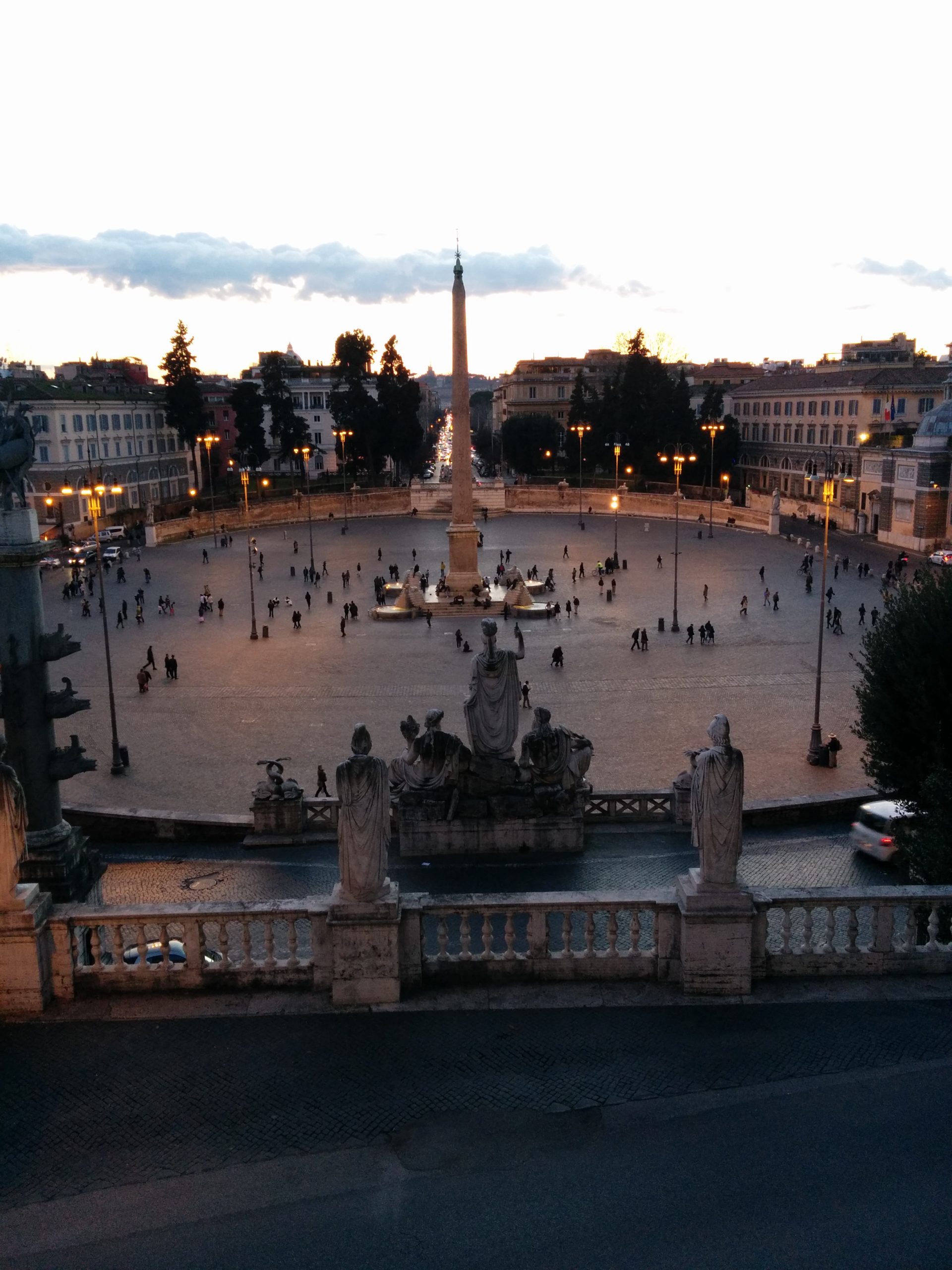
Anyway, we got to the hotel absolutely dead. Our legs were screaming with pain… but we couldn’t wait for the second day and the new adventures to come.
Day 2 in Rome
Vatican City
We woke up very early in the morning and took a bus to the Vatican City. We already purchased tickets to see the Vatican Museums and the Sistine Chapel.

The Vatican City, officially Vatican City State is a walled enclave within the city of Rome. With an area of approximately 44 hectares (110 acres), and a population of 842, it is the smallest internationally recognised independent state in the world by both area and population. It is ruled by the Bishop of Rome-the Pope.
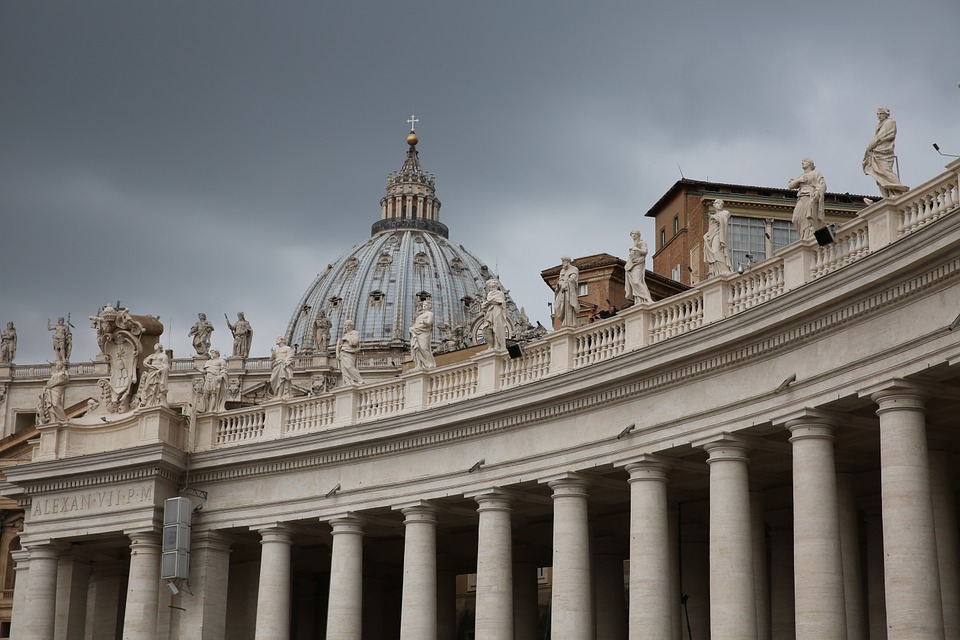
Vatican Museums
When we got to the Vatican Museums, we were overwhelmed by a very long queue, and we almost gave up on the idea of seeing the Sistine Chapel. After a few minutes of confusion (which are absolutely normal in the chaos of Rome), we realised there is a line for pre-booked tickets which had 3 people waiting.

There is no need to express how busy the Vatican Museums were. You feel like a sardine, walking along a corridor and admiring some pretty walls and nice sculptures here and there. The point is that you follow the signs to the Sistine Chapel of course. As we are not religious at all, we had no real interest in spending too much time around. After a maze of rooms and a lot of elbows in our stomachs by other uneducated visitors, we finally made it to the famous Sistine Chapel.
The Sistine Chapel
The Sistine Chapel is a chapel in the Apostolic Palace which is the official residence of the Pope. The Chapel was originally known as the Capella Magna and it took the name Capella Sistina from Pope Sixtus IV, who had it restored between 1477 and 1480. Today it is the site of the Papal conclave, the process by which a new pope is selected. However, The Sistine Chapel is mostly famous because of its beautiful frescos and its ceiling with The Last Judgement by Michelangelo.
After the frantic experience of the Vatican Museums, we had a well-deserved break on a bench, outside the building. We were so impressed by the number of people visiting the Vatican and its museums, that we couldn’t help but make a mental calculation of how much money tourists make for this little city-state. (we got to millions and millions and millions…a year…)
Anyway, moving forward, we got to the Piazza San Pietro. We endured another queue for the Basilica Di San Pietro but it was worth it. This is the place where you can appreciate beautiful architecture and wonderful attention to details. If you like renaissance architecture, this church is not something you can miss. Basilica Di San Pietro is one of the two largest churches in the world and is regarded as one of the holiest Catholic shrines. It has been described as “holding a unique position in the Christian world” by James Lees-Milne.
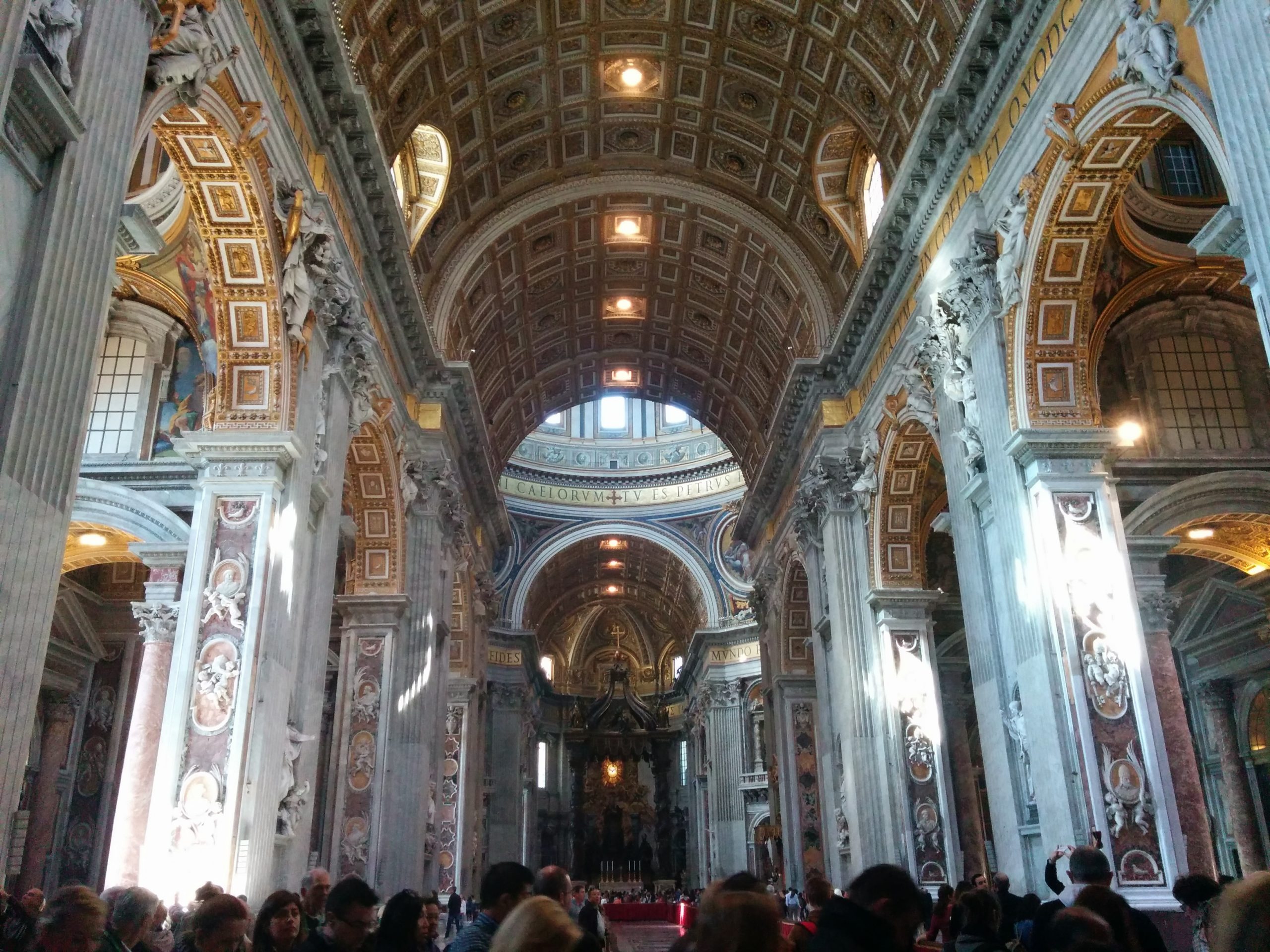
Having finished with the Vatican City, we went for a walk on the small streets of Rome. We stopped to have some Gelato and it was divine. You haven’t visited Rome until you experienced their gelato.
On our walks, we discovered a small restaurant tucked away from the main roads. We had seafood pasta and some Italian beer. Don’t forget to check the foods you ought to try in Rome.
Orto Botanico
We continued our day with a very laid back stroll, we walked towards the Orto Botanico. We enjoyed a small break at Fontana dell’Acqua Paola and carried on towards Basilica di Santa Maria in Trastevere. We crossed Ponte Cestio as we wanted to see Isola Tiberina. We then encountered the Marcello Theatre which is a Roman theatre started by Julius Caersar, pre-dating the Colosseum. Since we were in the mood to walk and explore more, we ended up by the Circus Maximus. Unfortunately, we felt let down as the Circus Maximus was just a large space with some remains of stone and marble. Today it is mostly used by locals to do their exercise and their afternoon running.
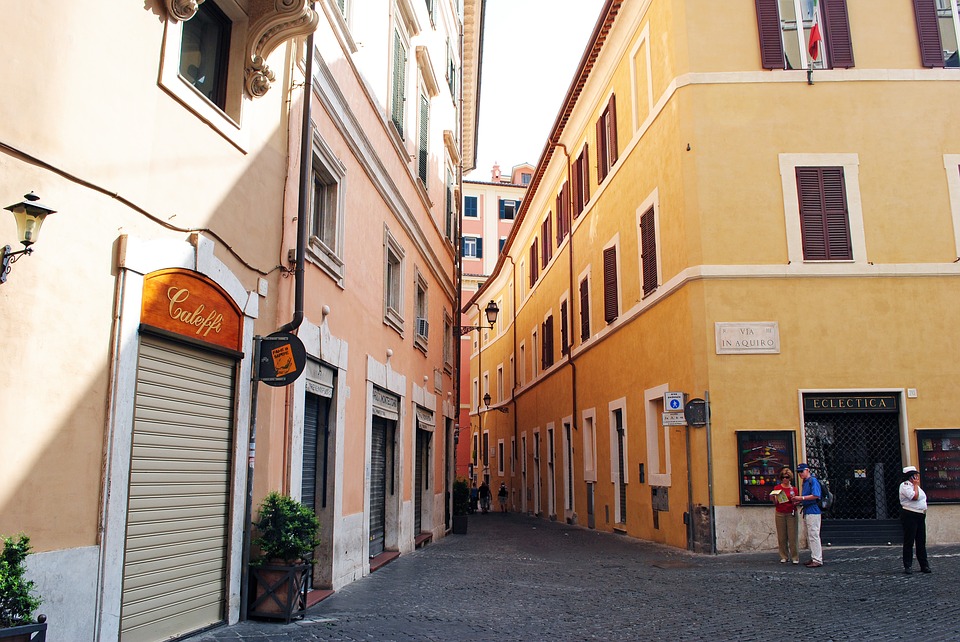
After another full day, we slowly walked back on the small and colourful streets until we found ourselves in front of the Pantheon again. We stopped for some coffee (which by the way, is nothing like you would expect in Italy) and a chat whilst enjoying the sunset.

Although eager to walk back to the hotel, we decided to take a bus on this occasion so we can have a little bit of energy left for the next and last day.
Day 3 in Rome
Castel Sant’Angelo
We stopped to check out Castel Sant’Angelo, also known as the Mausoleum of Hadrian. It was initially commissioned by the Roman Emperor Hadrian as a mausoleum for himself and his family. The building was later used by the popes as a fortress and castle. The Castle was once the tallest building in Rome.

We didn’t spend too long here, in about an hour, we managed to see everything. Nice views over Rome’s beautiful stone pines, rivers an bridges are however guaranteed.
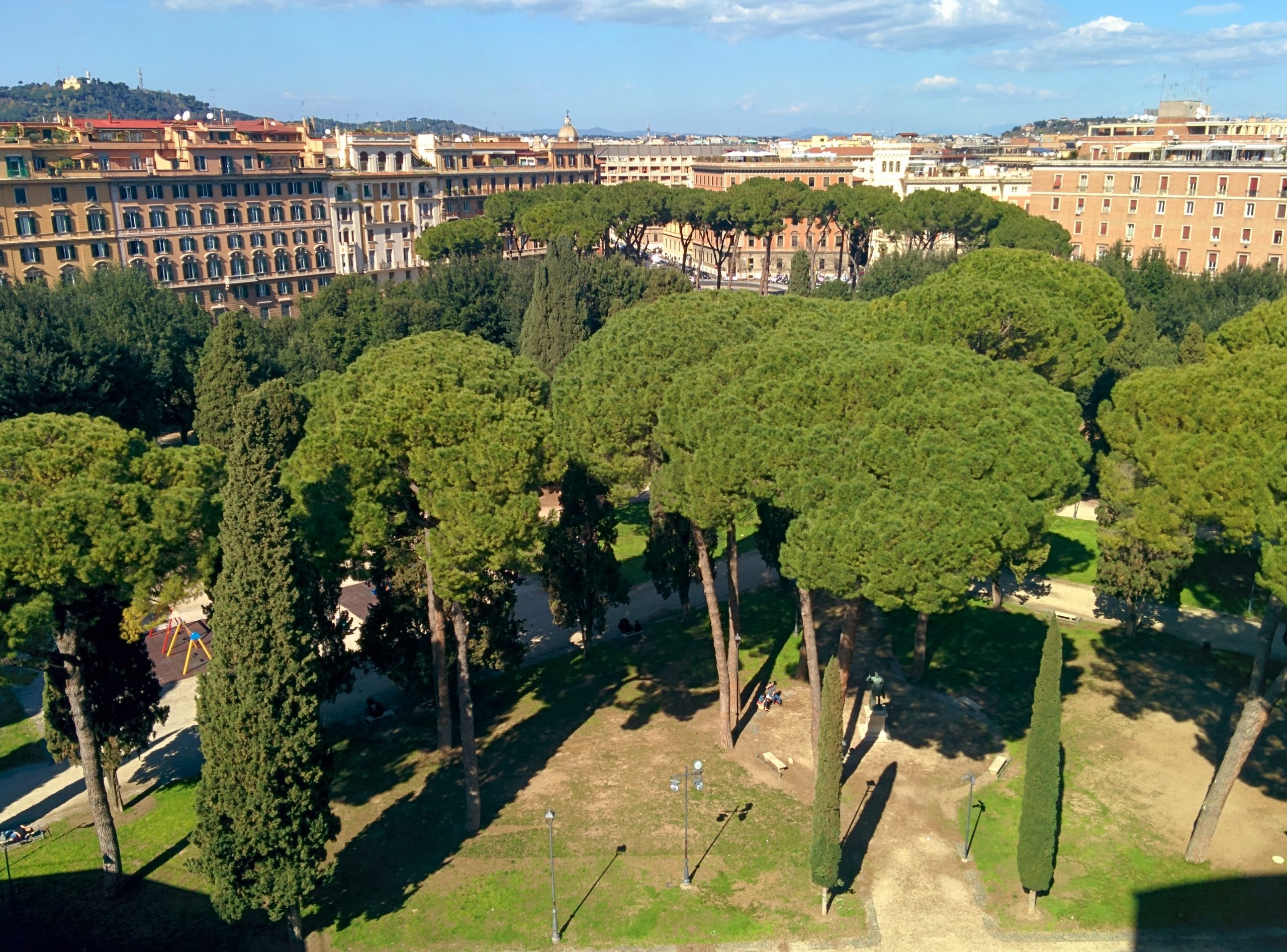
Trajan’s Column
I truly wanted to see Trajan’s Column, so we headed towards Trajan’s Forum. I was most impressed to see my nation’s history sculpted and preserved so well, deep inside Rome’s heart. Trajan’s Column (Colonna Traiana) is a Roman triumphal column that commemorates emperor Trajan’s victory in the Dacian Wars. Completed in AD 113, the freestanding column is most famous for its spiral bas relief, which artistically describes the epic wars between the Romans and Dacians (101–102 and 105–106).

Rome’s shopping streets
We dedicated the rest of the day to walk around Rome’s shopping streets. Via Condotti, Via Borgognona and Via Frattina are three streets which start near the Piazza di Spagna and run parallel until they reach the Via del Corso (also known as “The Corso”).
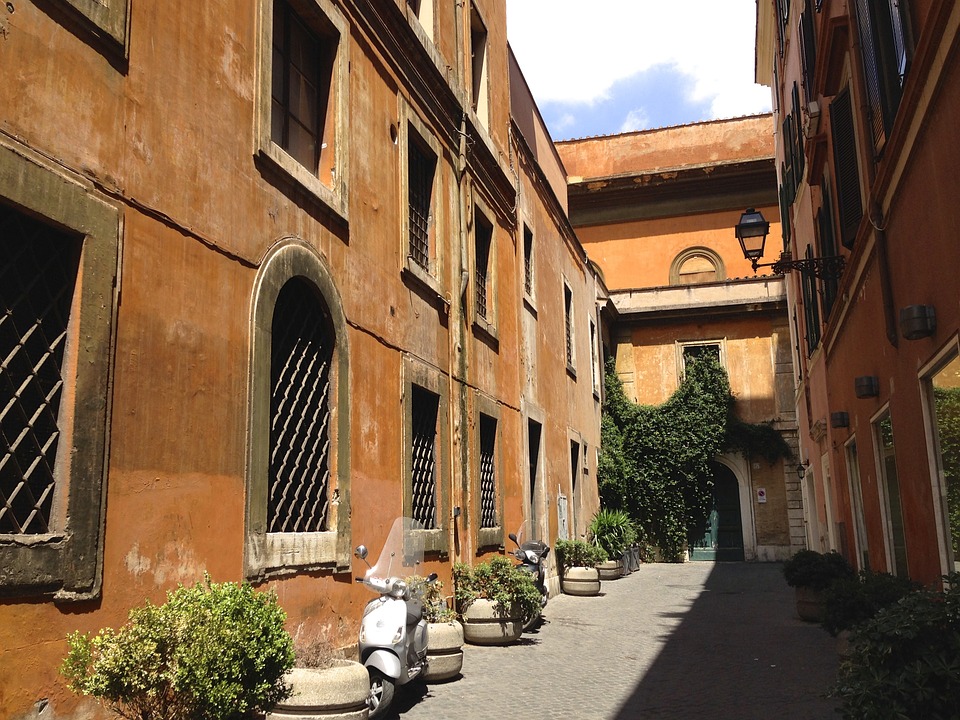
Our last evening was relaxed and wonderful. We enjoyed another coffee, gelato and a beautiful sunset over Rome, just before heading back to the hotel.
On our train journey back to the airport, we exchanged impressions, pros and cons and we, of course, rated our holiday on the scale 1-10. We thought Rome was a wonderful place, full of history and hidden treasures. Its romantic little streets and passionate language, small and intimate restaurants and fabulous gelato, made our trip to Rome worthwhile.
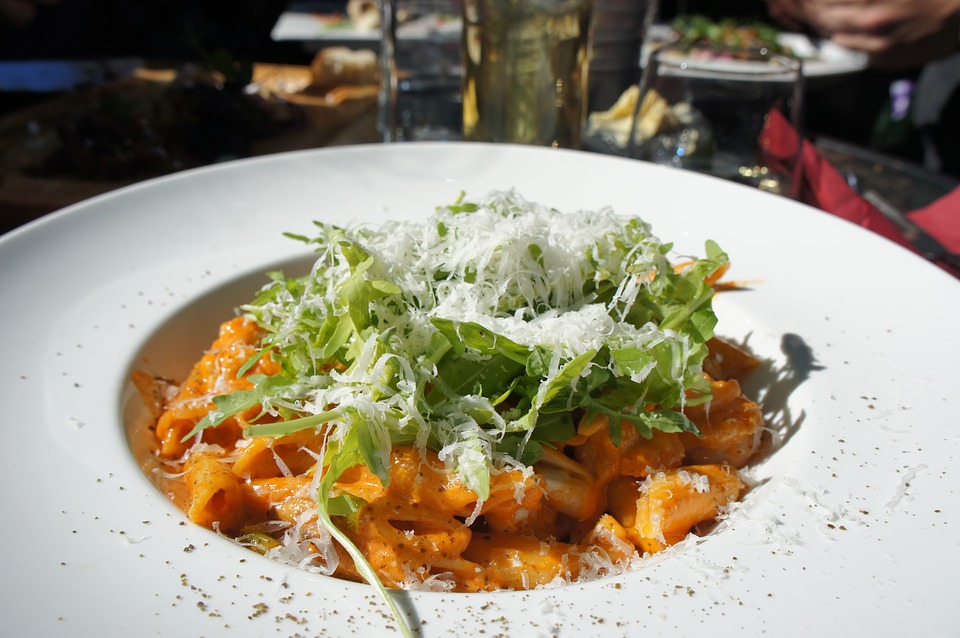
In contrast, we wish there was more information about their sites and in their museums. Their pizza and espresso are not as good as one would hope and their pasta sauce is too rudimental. Their hidden treasures and unknown streets are a bunch better than any major tourist attraction.

Although people are welcoming and their English skills are acceptable, their chaotic traffic is a death sentence for any foreigner unaware on how to cross their roads.
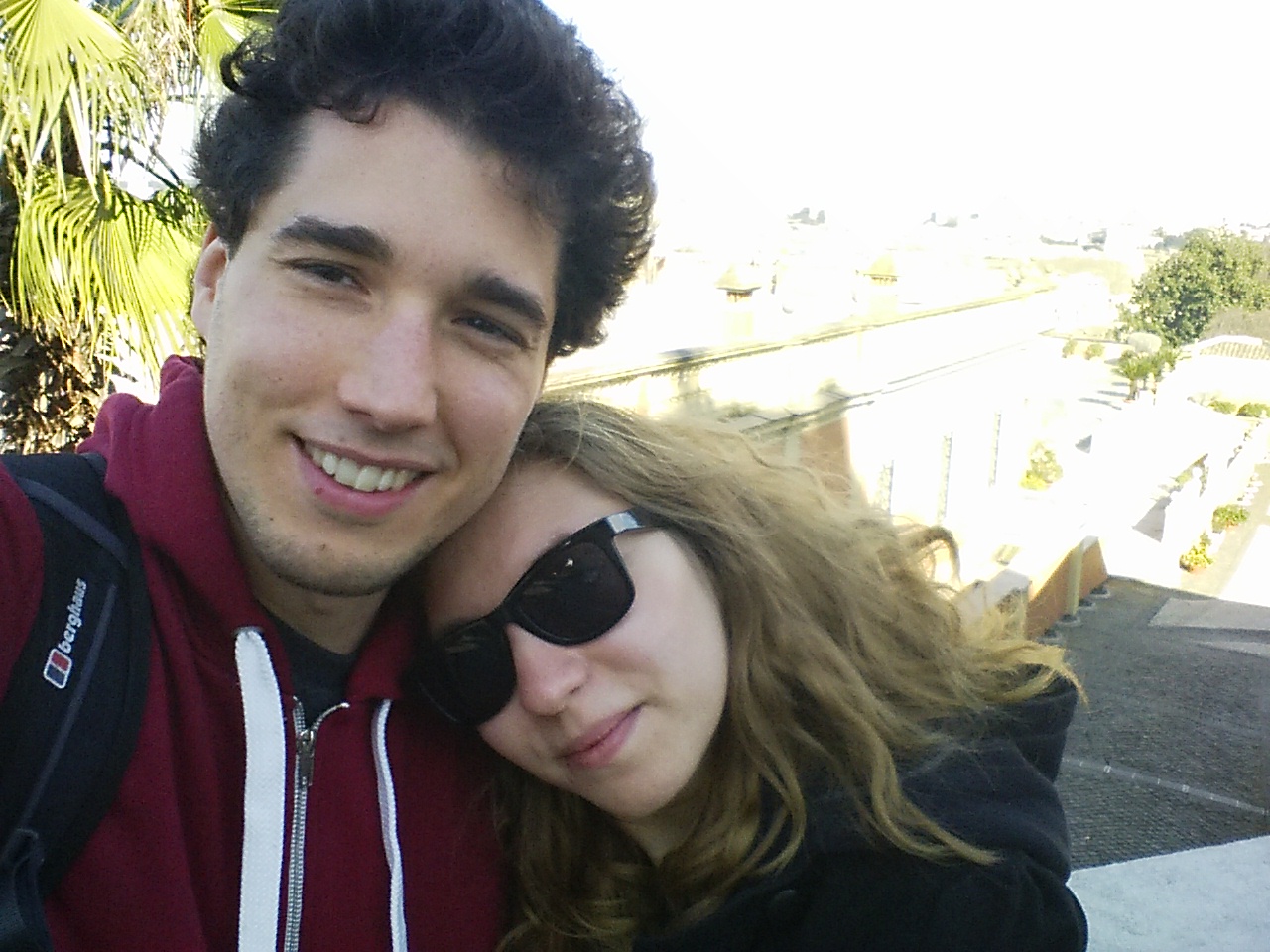
Overall, we thought Rome deserves a 7 our of 10. Would we go back to Rome? Maybe… but we would definitely return to Italy to check out other cities, hopefully, a little less hectic than their capital.
If you want even more of Italy, don’t forget to check how to spend an amazing 7-day itinerary around Italy.

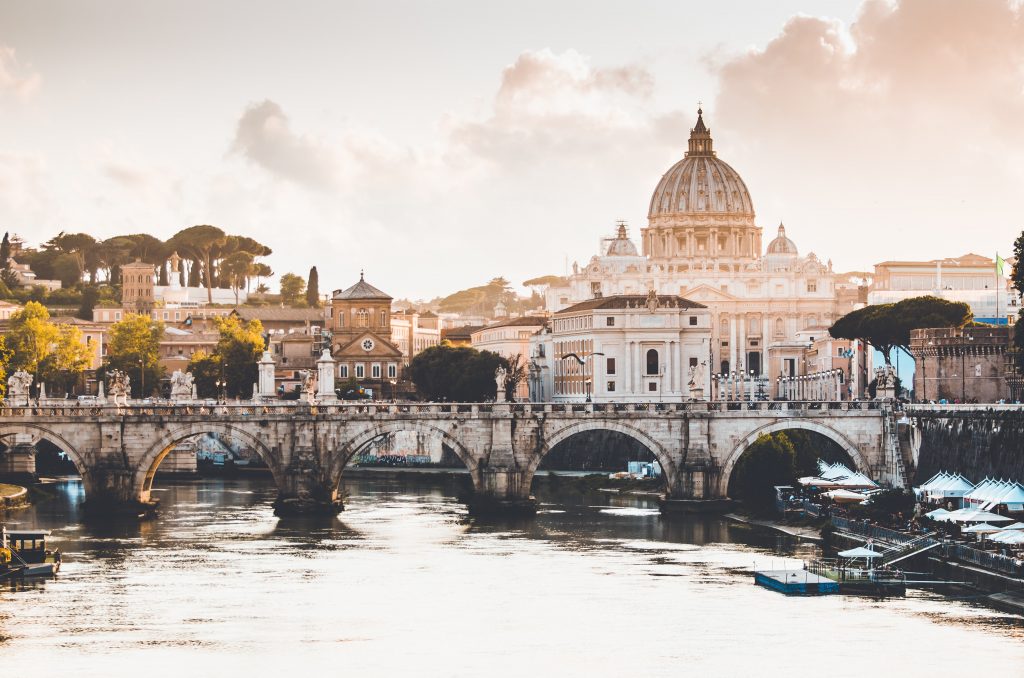
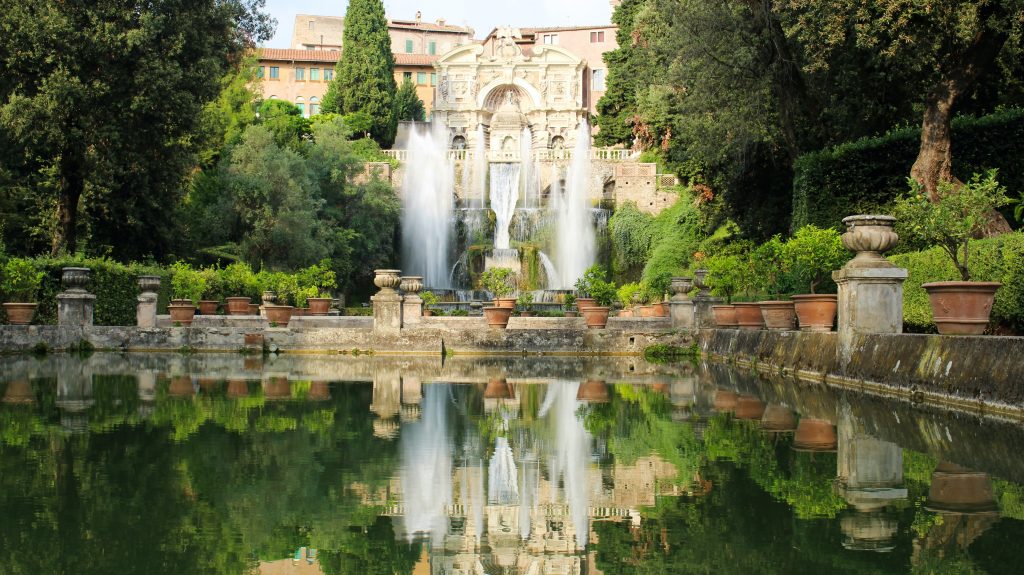

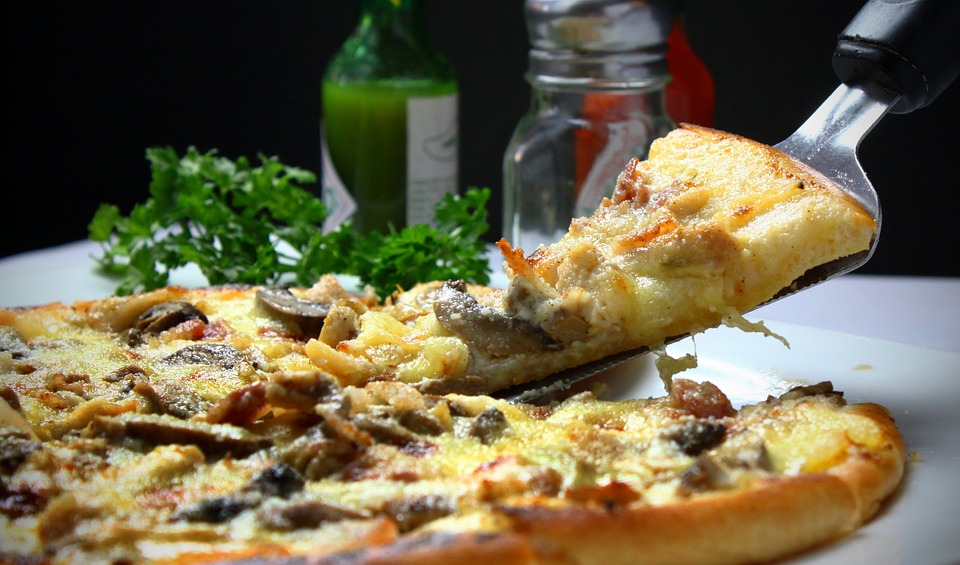

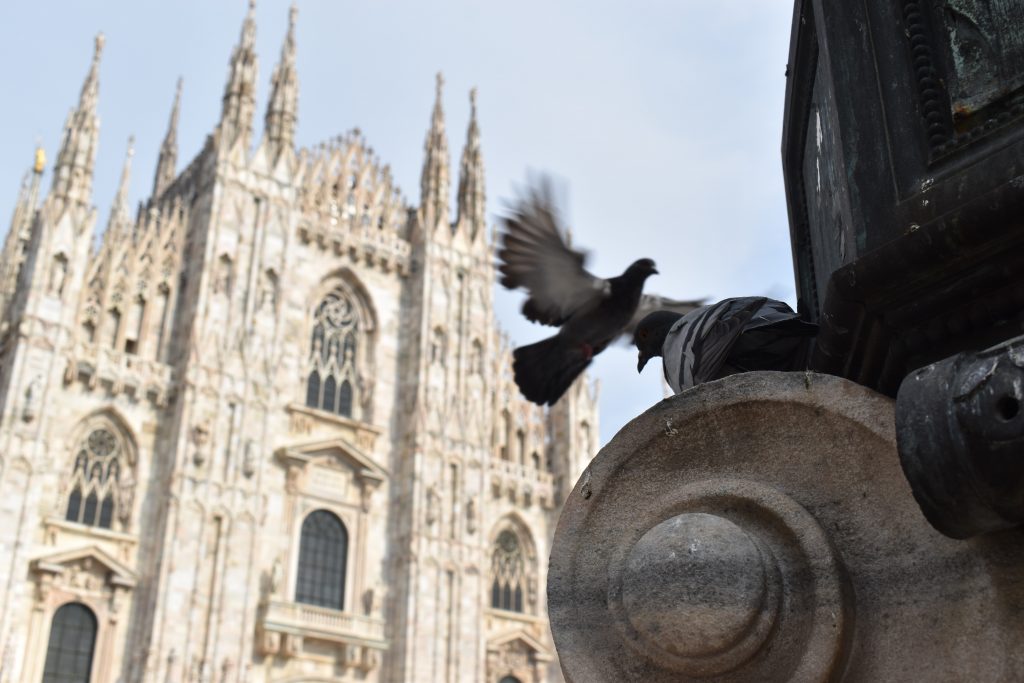


Leave a Reply